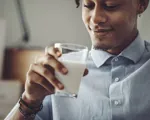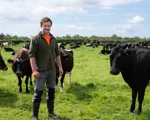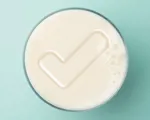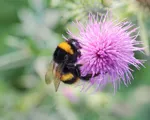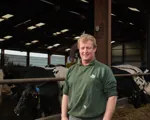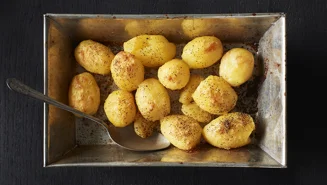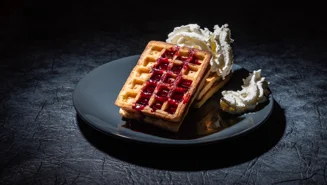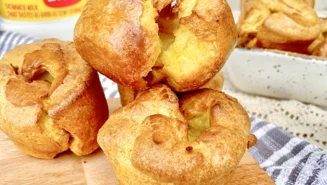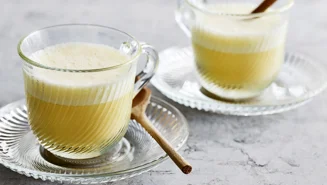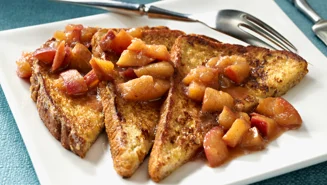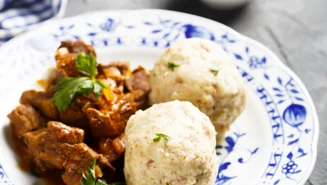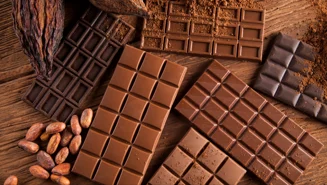
Each year in the UK, we waste nearly 6.7 million tonnes of food every year according to figures from Cheaper Waste – that adds up to about £10.2 billion in food waste.
That’s not just bad for our bank accounts, but it’s also seriously harmful to our planet. Food waste goes mostly to landfill where it releases significant amounts of harmful greenhouse gases.
A great deal of that food waste is produced because we throw away food that is perfectly edible, simply because the date on the food packaging has gone by. With this in mind, we can play a direct part in reducing food waste and harmful gases in the UK simply by using our senses of taste and smell to determine whether food is still good to eat, rather than relying on best before dates.
In this blog, we’re going to explore some of the myths surrounding best before dates on food packaging, giving you a better idea of when and when not to throw away food.
Is it safe to eat after the best before date?
One of the biggest myths people believe in about food is that the best before date is the final deadline for which food can be eaten.
Food after the best before date is normally safe to eat, but it may not be at its best quality. You can eat the food if the best before date has passed by, but it might not taste quite as good as before that date. Your number one approach to checking if something is OK to eat is to use your sense of smell or even taste.
If something smells okay, but you’re concerned about the not-quite-best taste or texture, don’t throw food away just yet – you can always repurpose it in another recipe.
Are best before dates expiry dates?
Best before dates and use by dates (also known as expiry dates) might sound similar but they are in fact, quite different.
Best before dates, as we’ve seen above, are actually indicators of quality rather than safety – they tell us the point at which the taste or texture of food isn’t quite as good as when it was first bought. Food past its best before date is still safe to eat, as long as it has been stored properly.
Use by dates are all about safety, and they give an indication of when food is no longer safe to eat. Eating up to or on that date is fine as long as the food is stored correctly, but you shouldn’t eat it after the use by date. While the sniff tests are fine for best before dates, you shouldn’t use them for food that has gone past its use by date, including long life milk.
How to check if something is safe to eat
Check if something is safe to eat is a good way to ensure you avoid unnecessary food waste. The first and best way to check if something is still safe is to use your nose. Off or rotting food will always give off an unusual smell, and we’ve evolved to identify these odours. Have a quick sniff of the food before you dig in, and if it smells bad, it’s probably best to avoid.
You can also take a look at the food too to check for signs of rotting or degradation. Blue and green mould spots on bread is a good indicator that the bread shouldn’t be eaten for example, or milk with lumps in should be avoided. If you aren’t sure whether your food looks right or not, a quick internet search can give you a better idea.
Finally, food should always be stored correctly – if it isn’t, bacteria can quickly grow in the wrong temperatures, causing your food to become unsafe for consumption. If something has been left out of a fridge for too long, or has been refrozen when it shouldn’t have been, it will need throwing out. The packaging should have more food safety and storage instructions to help you make a decision.
Remember, use by dates are your best friend. if food has gone past its use by date, it is no longer safe to eat.
For more tips on food waste, food safety, use by dates and best before dates, keep an eye on the Arla blog.




